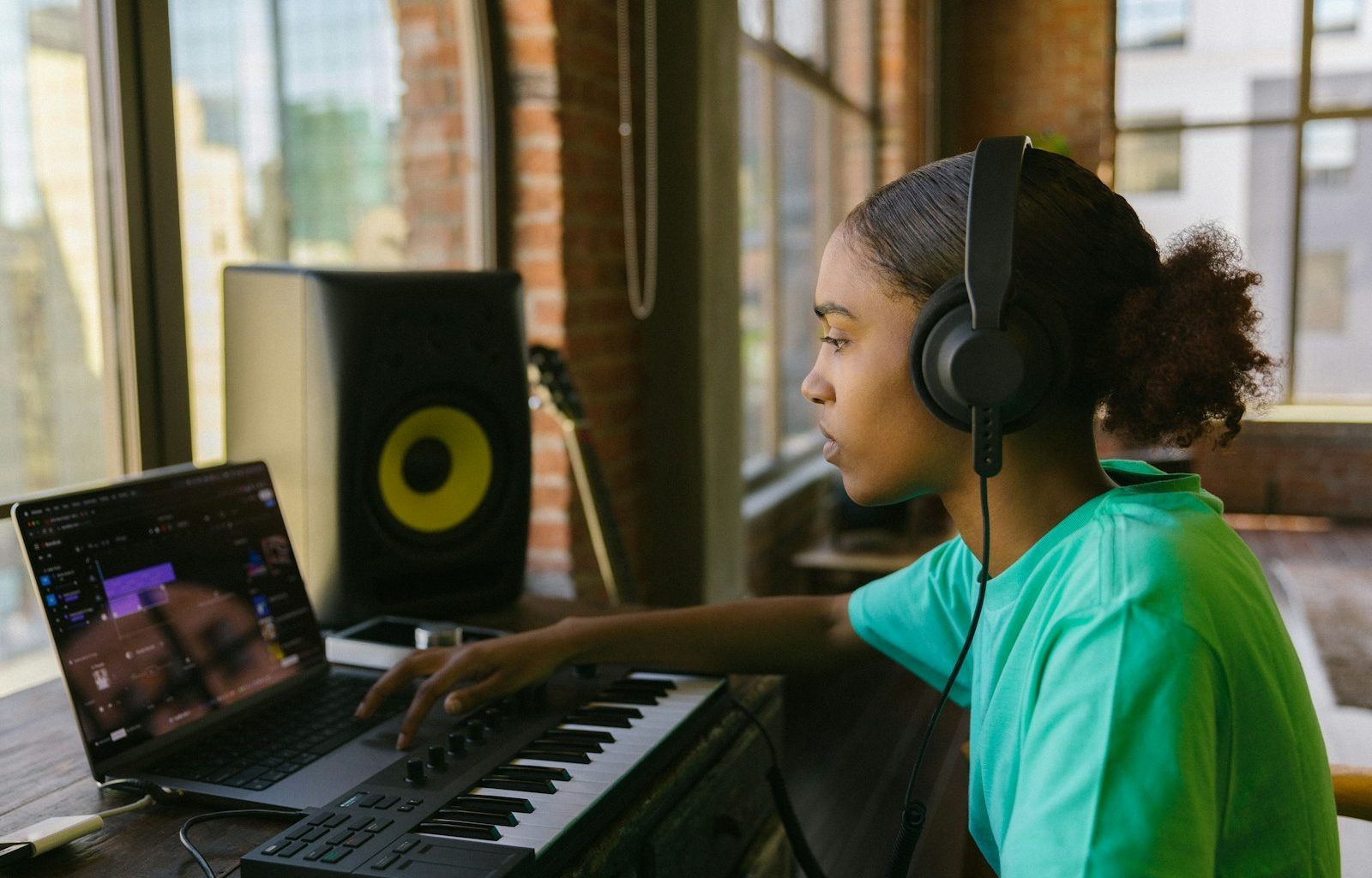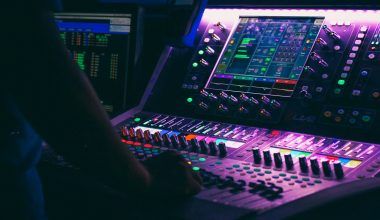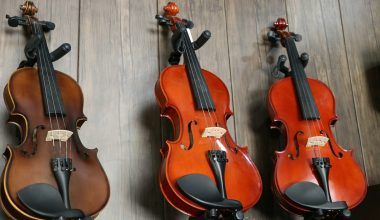If you are someone who loves music or wants to create your own tracks, you’ve probably heard of the term Digital Audio Workstation or DAW. But what exactly is a DAW? Why is it so important for music production today? This blog will explain everything you need to know, in simple and easy-to-understand language.
No matter if you are a beginner starting your journey or an experienced music producer looking for some insights, this guide has something for you. From understanding the basics of a DAW to choosing the right one, we’ll cover it all. Let’s dive in and explore how this powerful tool has changed the world of music forever.
What Is a Digital Audio Workstation (DAW)?
A Digital Audio Workstation is a software program used to record, edit, mix, and produce audio files. Think of it as a virtual studio where all your creative ideas come to life. Whether you want to create music, podcasts, voiceovers, or even film scores, a DAW is the tool you need.
Back in the day, producing music required large recording studios with expensive equipment. Today, all you need is a computer, a DAW, and some creativity. You can create professional-level audio from the comfort of your home.
Why Do You Need a Digital Audio Workstation?
You may be wondering why you need a DAW when you can just record audio with simple apps or tools. Here’s why:
- Flexibility: A DAW allows you to record multiple tracks, edit them with precision, and apply effects that make your music sound polished.
- Professional Quality: You can mix and master your audio to achieve professional-grade sound.
- Creativity: With endless tools and plugins, you can experiment with different sounds and styles.
- Cost-Effective: You don’t need expensive gear or a studio. A laptop and a DAW are enough to get started.
Whether you are making beats, producing a podcast, or scoring a short film, a DAW will give you all the tools to bring your ideas to life.
Features of a Good Digital Audio Workstation
Not all DAWs are created equal. Some are better for beginners, while others are geared toward advanced producers. Here are the key features to look for in a digital audio workstation:
1. User-Friendly Interface
A good DAW should be easy to navigate. The layout should make sense, even for a beginner. You should be able to see your tracks, mixer, and effects clearly.
2. Multi-Track Recording
The ability to record multiple tracks at the same time is crucial. Whether you’re recording vocals, instruments, or electronic music, multi-track recording allows you to layer sounds seamlessly.
3. Editing Tools
Editing tools are where a DAW truly shines. You can cut, copy, and paste audio, adjust pitch, or fine-tune timing. Some DAWs even offer advanced features like time stretching and noise reduction.
4. Built-In Effects and Plugins
Most DAWs come with built-in effects like reverb, delay, and EQ. They also allow you to use third-party plugins, so you can expand your toolkit.
5. MIDI Support
For those who create electronic music, MIDI support is a must. It allows you to program virtual instruments and control external gear.
6. Mixing and Mastering Tools
Mixing ensures your music sounds balanced, while mastering polishes it for final release. A good DAW will have tools to help you achieve a professional sound.
Top Digital Audio Workstations to Consider
Choosing the right DAW depends on your needs, budget, and skill level. Here are some popular options to consider:
1. FL Studio
FL Studio is perfect for beginners and electronic music producers. Its drag-and-drop interface is user-friendly, and it offers a wide range of virtual instruments.
2. Ableton Live
Ableton Live is ideal for live performances and music production. It is highly flexible and perfect for electronic music producers.
3. Logic Pro X
Logic Pro X is Apple’s professional DAW. It offers advanced tools and a huge library of sounds, making it a favorite among professional producers.
4. Pro Tools
Pro Tools is an industry-standard DAW for recording studios. It is excellent for audio recording and mixing but has a steeper learning curve.
5. GarageBand
If you’re a Mac user and want a free option, GarageBand is a great choice. It’s beginner-friendly and perfect for simple projects.
How to Choose the Right Digital Audio Workstation
Now that you know the top DAWs, how do you choose the right one for yourself? Here are some tips:
- Define Your Needs: Are you producing music, podcasts, or sound for film? Different DAWs have different strengths.
- Consider Your Budget: Some DAWs are free, while others require a subscription or one-time payment.
- Check Compatibility: Make sure the DAW works with your computer’s operating system and hardware.
- Test Free Versions: Many DAWs offer free trials or demos. Test them before you buy.
- Look at Learning Resources: Beginners should choose a DAW with tutorials and a helpful community.
How to Use a Digital Audio Workstation: Step-by-Step Guide
If you’ve never used a DAW before, don’t worry. Follow these simple steps to get started:
- Download and Install Your DAW: Choose the software you like and install it on your computer.
- Set Up Your Audio Interface: Connect your microphone, instruments, or MIDI controller to your computer.
- Create a New Project: Open the DAW and start a new session.
- Add Tracks: Add audio tracks or MIDI tracks depending on your needs.
- Record Your Audio: Press record and start capturing your sound.
- Edit Your Tracks: Use the editing tools to trim, cut, or move audio clips.
- Mix Your Audio: Balance the volume levels, pan sounds, and add effects.
- Export Your File: Once you’re done, export your project as an audio file.
It may take time to get used to a digital audio workstation, but practice will make you comfortable.
Tips for Improving Your Workflow in a DAW
To get the most out of your DAW, here are some tips to improve your workflow:
- Learn Keyboard Shortcuts: Keyboard shortcuts save time and make editing faster.
- Organize Your Tracks: Use colors and labels to keep your project organized.
- Use Templates: Save templates for projects you work on frequently.
- Experiment with Plugins: Explore third-party plugins to enhance your sound.
- Practice Regularly: The more you use your DAW, the better you’ll get at it.
Final Thoughts on Digital Audio Workstations
A Digital Audio Workstation is a game-changer for anyone looking to create high-quality audio. Whether you are a musician, podcaster, or content creator, a DAW gives you the tools to produce professional-level sound from anywhere.
Choosing the right DAW and learning how to use it can take time, but it’s worth the effort. Start small, experiment with different features, and soon you’ll be creating audio like a pro.
Remember, all the famous artists and producers started where you are today. With patience, practice, and a bit of creativity, your digital audio workstation can help you achieve your dreams. So what are you waiting for? Open your DAW, hit record, and let your creativity flow!
For further reading, explore these related articles:
For additional resources on music marketing and distribution, visit DMT Records Pvt. Ltd..






